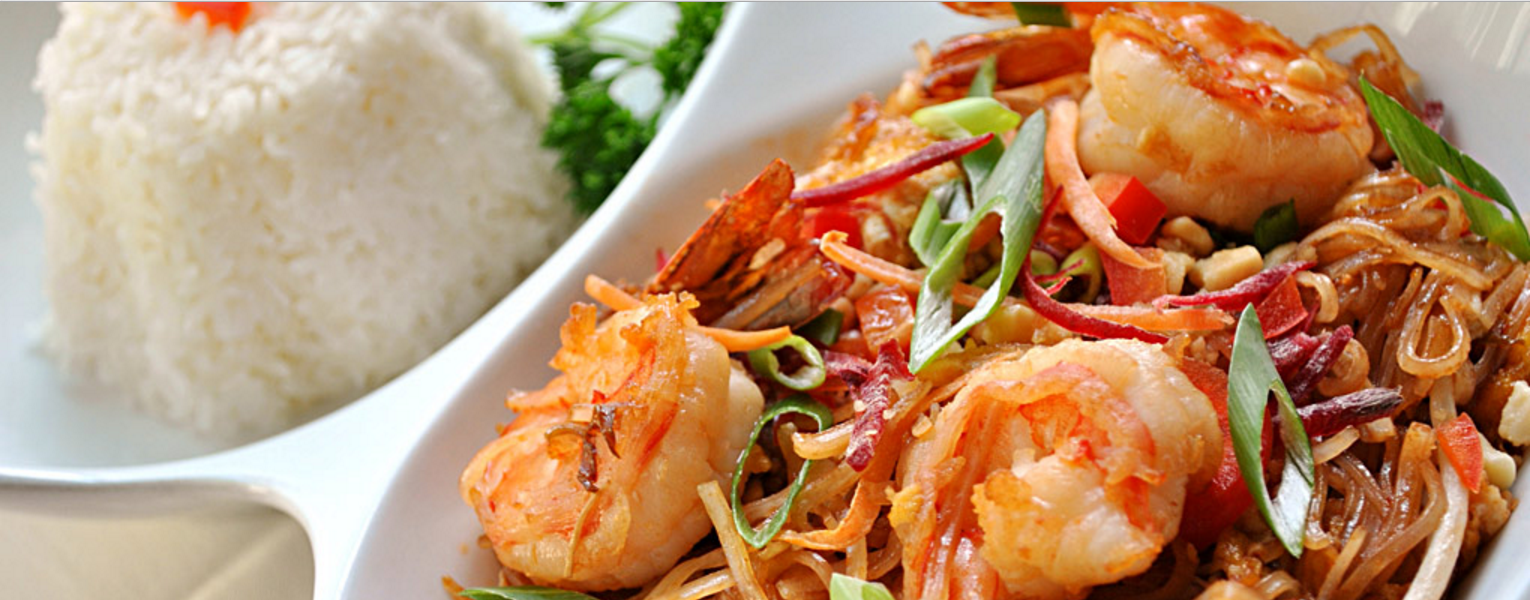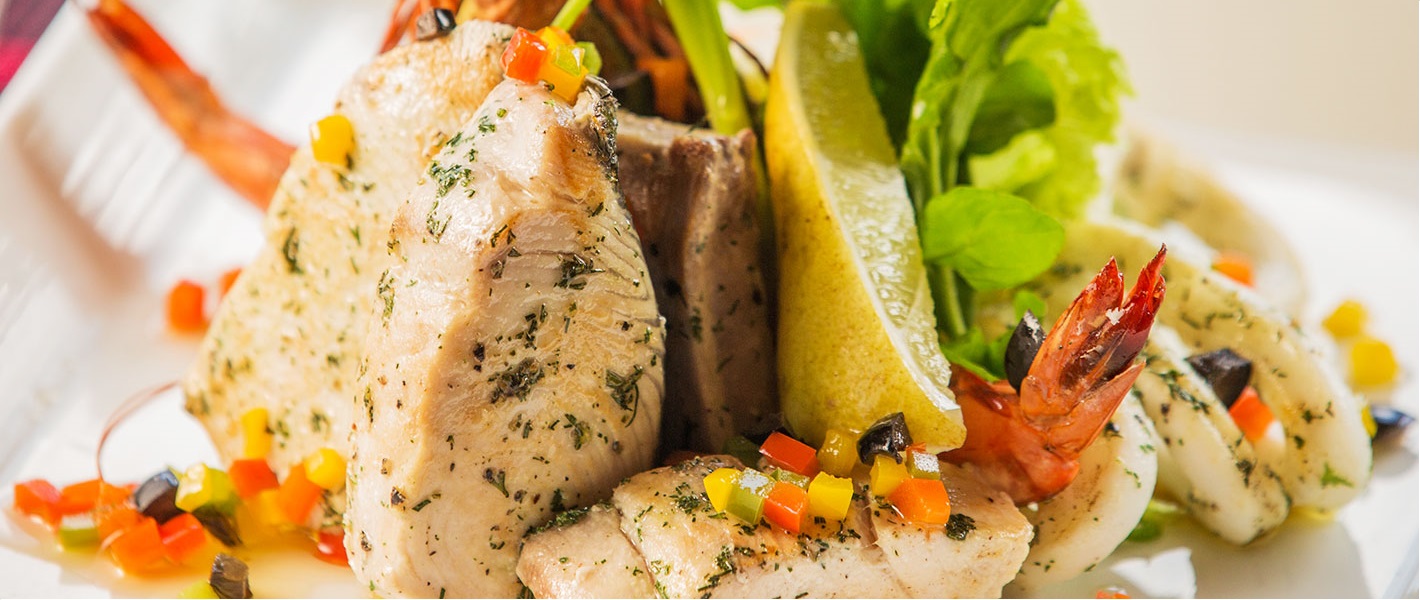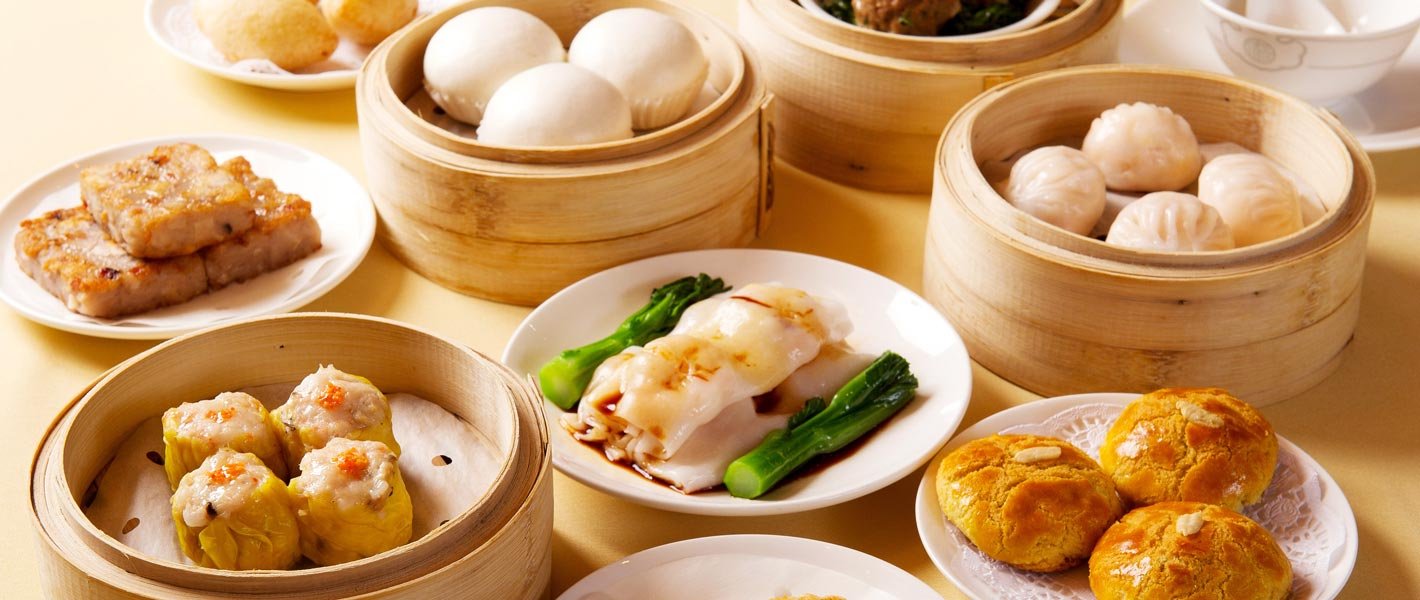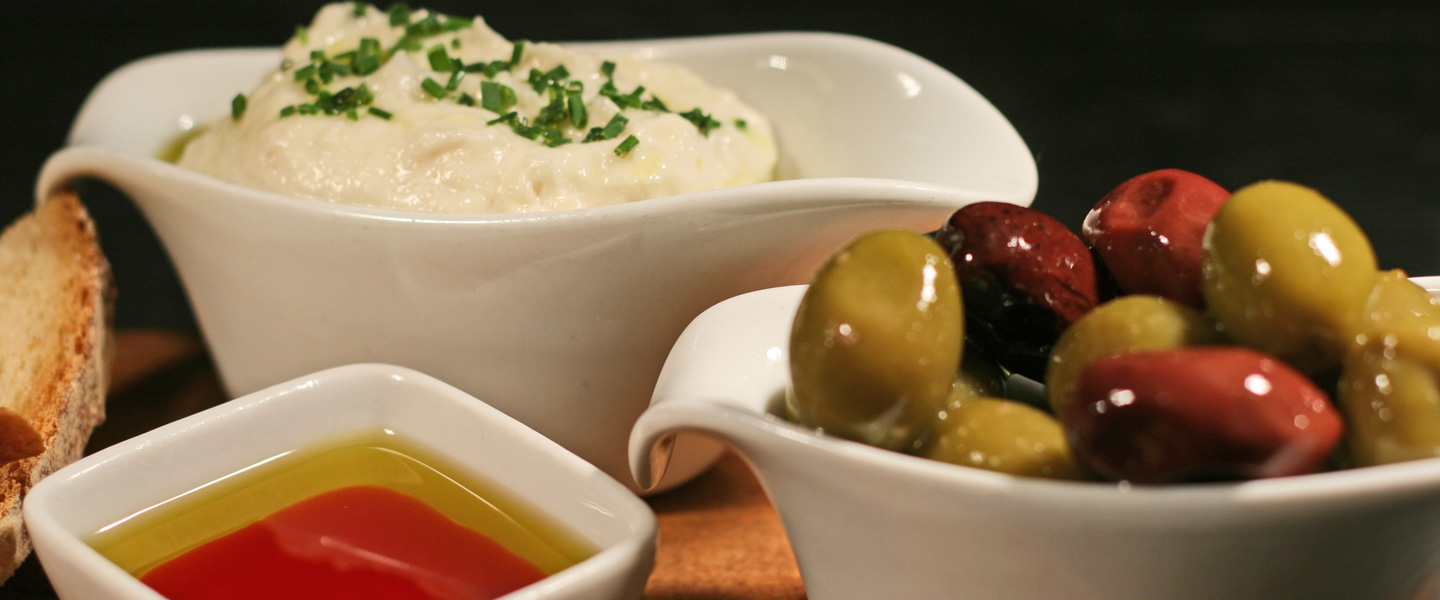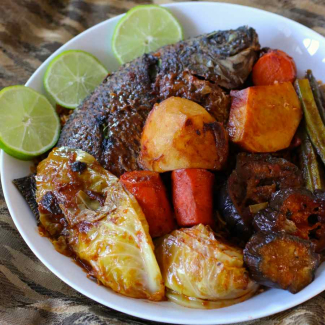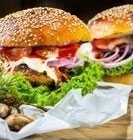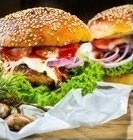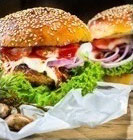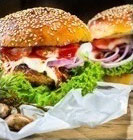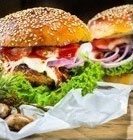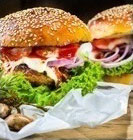Thieboudienne
Tiep or thieb is a traditional dish from the Sahel, especially from Senegal, The Gambia and Mauritania and it is a staple in all three countries.
It is a preparation of fresh or dried fish, and rice (rice Wolof), cooked with vegetables (such as cassava, pumpkin, cabbage, carrot, turnip, or eggplant), parsley, tomato paste, peppers, garlic and onions. Originally made with fish, it is nowadays frequent to see it served with beef or even chicken.
There are also tiep yappa (with meat) and tiep ganaar (with chicken). Additional ingredients often include onions, carrots, cabbage, cassava, hot pepper, lime and peanut oil, and Maggi cubes. These ingredients are common in the country.
Historically, tiep is commonly attributed to the city of Saint-Louis, in the nineteenth century. The name of the dish comes from Wolof words meaning "rice" (ceeb) and "fish" (jën). In Pulaar it is known as maaro e liddi (rice and fish). It is served on large trays with the rice on the bottom and the fish, usually White grouper (Epinephelus aeneus), and the vegetables, many of them whole placed in the center. Tiep bears a strong resemblance—in ingredients, presentation, and significance—to Maghrebi cuscus.
Traditionally it is eaten in a large communal dish with the hand. It is also the symbol of Senegalese terranga (hospitality): Family, visiting friends, and/or guests gather around a single dish (called a bolus) from which everyone eats using a spoon (couddou Pulaar) or a piece of bread.
The Gullah dish, red rice, resembles thieboudienne, suggesting a creolization of foodways from West Africa in the New World by enslaved Africans and their descendants. Like thieboudienne , there are regional variations of red rice throughout the Gullah/Geechee Cultural Heritage Corridor, including Savannah red rice and Charleston red rice.
Read more





